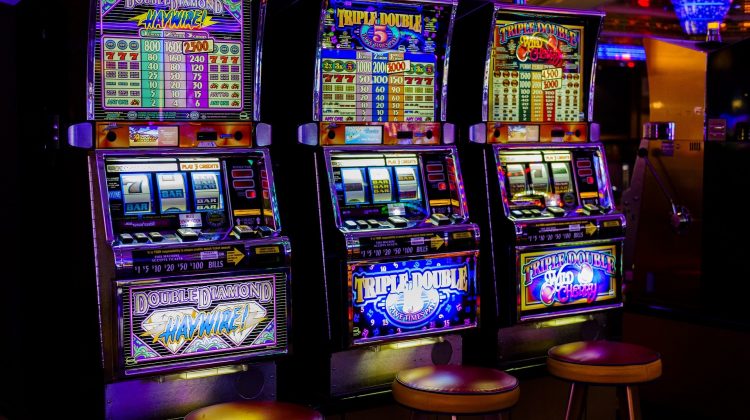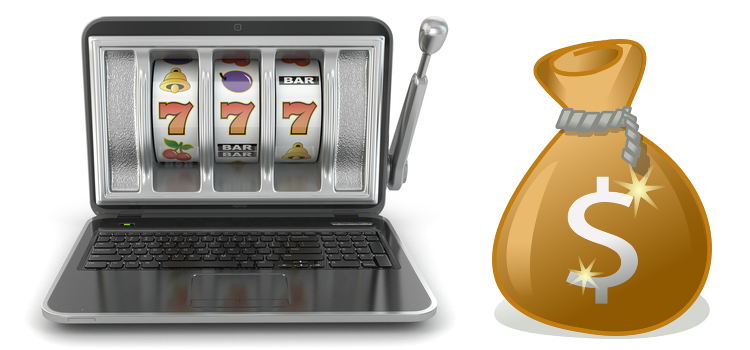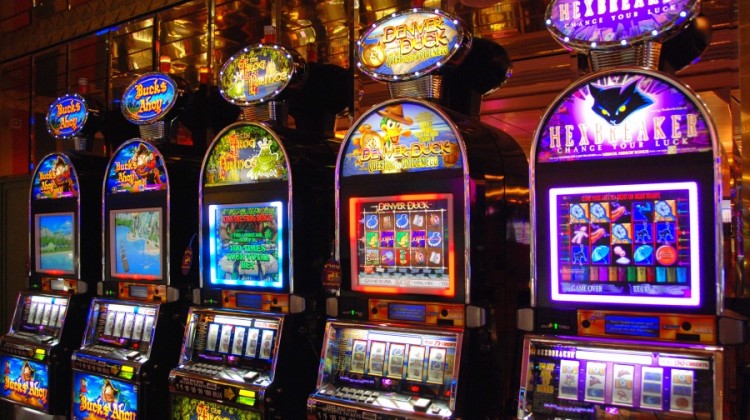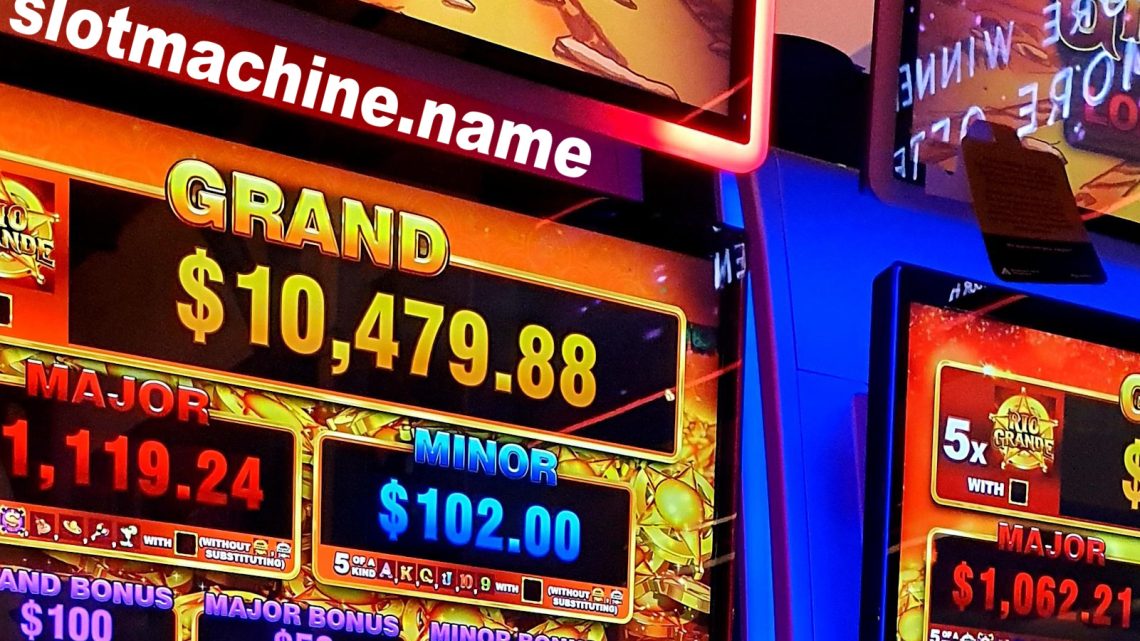Slot machines have a background and history as coin operated
gaming devices that began in the late 1880’s on the East
Coast, and made their way westward where their popularity
increased greatly. The father of the modern day slot machine
is the inventor Charles Fey who back in 1899 was responsible
for the creation of the 3-reel Liberty Bell slot machine.
During this time period slot machines and “poker machines”
were generally used to simply distribute gum, mints, or
amusement coupons redeemable for drinks, cigars and tokens.
In saloon and cigar stores they were used as trade
stimulators. For example, the “Perfection” poker machine
built by the Royal Card Machine Company in 1897 would give a
lucky winner who hit a royal flush 100 free drinks.
These popular devices which quickly migrated across the
United States, found a home in California where the gold
rush brought together adventurous wealth seekers who lived
life as a gamble on a daily basis. Especially in San
Francisco where by 1890, 3,117 establishments were allowed
to sell alcohol that equated to 1 license per 96 inhabitants
in the city. The saloons and cigar stores that cropped up
were a natural draw for nickel devices. Owners of these
businesses in 1893, could purchase a device for around $35
each or share in a percentage of income per device with
daily earnings often reaching $30 a day! It was easy to see
why every businessman in those industries wanted a few for
their place of business. In 1897, liberalization of the laws
governing the devices paved the way for San Francisco to
become a haven for their manufacture. Future versions grew
larger, more extravagant and of course ate more nickels.
Some would take up to 6 coins per pull and offer larger
payouts, receiving a huge welcome from saloon and cigar
store owners and also the public.
Demand for the gambling devices went up and down until
Prohibition went into effect on January 16, 1920,
effectively driving alcohol and gaming devices underground
into the “speakeasy” where they continued to be enjoyed by
the public in a hushed manner. Operation of both went from
honorable businessmen and a regulated environment to
gangsters and racketeers. Demand became so high in the
speakeasy to where new devices were created and older nickel
devices were being modified to accept dimes, quarters and
half dollars. Charles Fey in 1929 made the Silver Dollar
Jackpot Bell, which became the first bell devise to accept
silver dollar coins. Other manufacturers saw increased sales
such as Mills Novelty, Caille, Watling Manufacturing and
Jennings to name a few. The famous Bally’s Manufacturing
Company began in 1932 with the introduction of a small, but
highly profitable, pinball game called the “Ballyhoo” and
Pace introduced the Comet Bell in the same year. Prohibition
was finally repealed on December 5, 1933 by the signing of
the 21st Amendment.
The makeup of the one-armed bandit remained purely
mechanical until the early 1960’s when the world of
electromechanical operation came into age. This saw the
entrance of electromechanical circuitry and motorized hopper
payouts. Video poker came on the scene during the 1970’s
with devices run on solid-state circuitry. They offered
decision-making options that the player could choose from,
making them the rage to play that ran into the 1980’s.
During this period another change was the increase in
monetary payout to the player. Prior to 1950, percentage
payouts to the player were generally under 80%. Devices from
Bally’s that were pre 1975 gave the player 84% – 85% with
the option to go up to 87% to 88%. But when high win dollar
play got popular from 1976 onward, percentages then went to
the range of 93% – 97%.
Computer technology with modern microprocessors took over
the industry in the 1980’s. Flexibility in what could be
offered hit new ground as players could choose gambling
preferences in how they wanted to play, specialized bonus
rounds, amount of denomination (25 cents to $500 per pull)
and more. Eventually people’s preferences moved away from
table games to gaming devices. And when microprocessors were
combined with communications equipment, state wide networked
progressives like Megabucks, Nevada Nickles and Quartermania
enabled separate units in different casinos to work together
in concert, giving a player a chance to win hundreds of
thousands to millions of dollars with just one pull.
Today major manufacturers such as Bally Technologies, Inc.
(formally Bally Gaming, Inc. and Bally Manufacturing
Company), International Game Technology (IGT), WMS Gaming
and Konami continue to add new features as microprocessor
technology advances. Features such as interactive bonus
games where players can actively make choices that affect
bonus game outcome, multi-hand video poker which allows the
player to play multiple hands per play instead of just one,
touchscreen video monitors allowing choice of games and play
functions like “Deal/Draw” or “Spin Reels” and
ticket-in/ticket-out game play where the ticket can be
cashed in or reused at another machine.
From it’s beginnings as a 3-reel mechanical curiosity to the
21st century high tech masterpiece it has become today, the
concept of fun and excitement along with a number of
determined visionaries has caused this gaming device to find
widespread acceptance in what has become a global casino
industry.
By Tom Howze
Tom Howze is a webmaster for sites that relate to the World Series of Poker with resources for Free Slot Machine Games Online and Online Casino Gaming.










No Comment